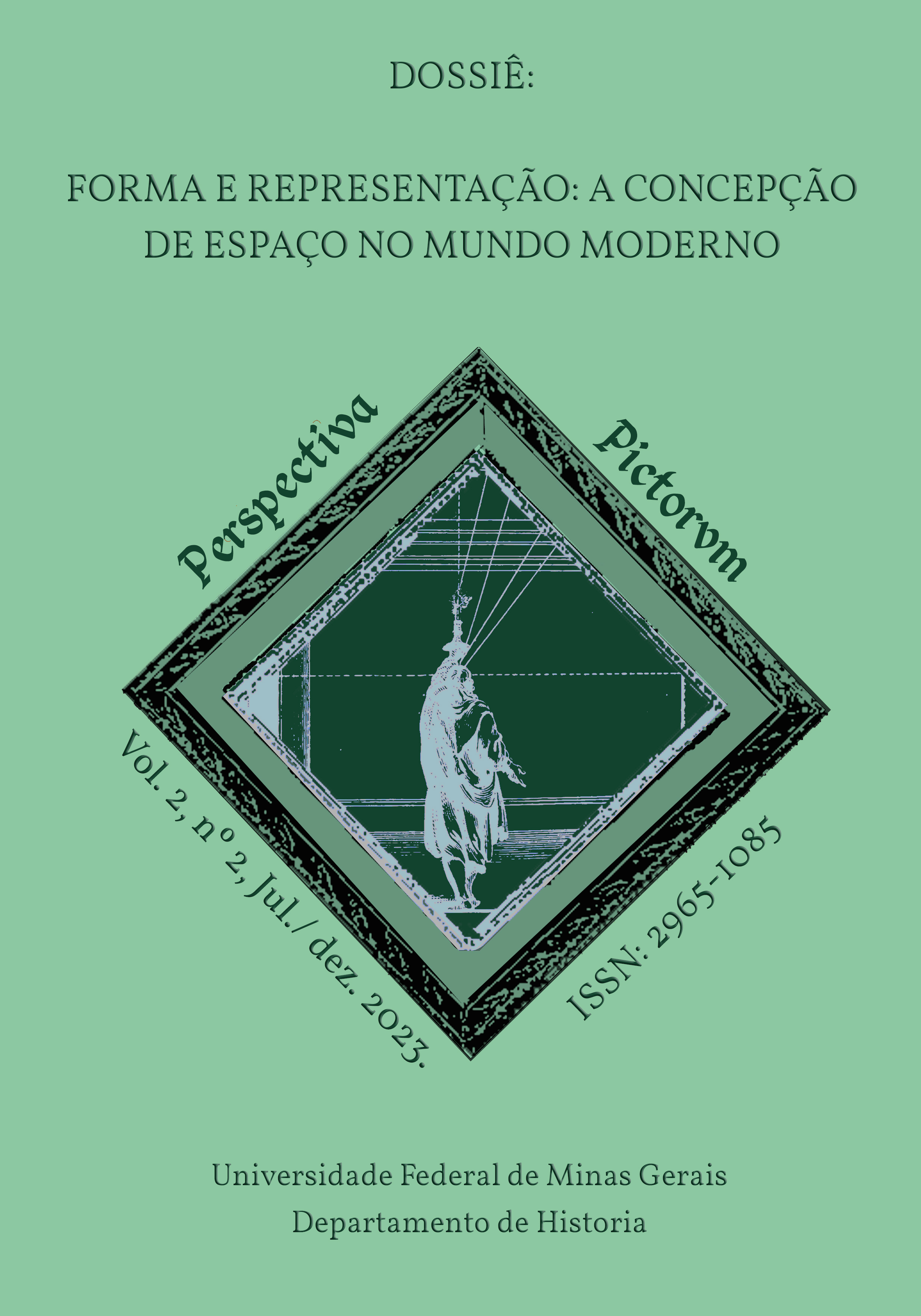Published 2024-02-02
Copyright (c) 2024 Javier Navarro de Zuvillaga

This work is licensed under a Creative Commons Attribution-NonCommercial 4.0 International License.
How to Cite
Abstract
This text explores the concept of space and the relationships between the external space around us and our internal space through our senses. Geometry and Perspective originate as systematizations of the visual process that respond to the functioning of vision and the vestibular sense. Additionally, the measurement and analysis of space are done according to the dimensions of our body. The position of the point of view – our eye – in relation to the represented space defines the image, placing us in the position of the author's eye when contemplating the representation. The origin of perspective, such as the shadow of a head on a wall according to Pliny, and Plato's allegory of the cave provide insights into the workings of this science. Renaissance perspective results from combining perspectiva naturalis, based on Euclidean optics, with artificialis perspective developed by Alberti. It seeks to reconcile classical mythology and Christianity, while artists elevate the craft of painting to the status of a science, doing architectural and anthropological archeology along the way. This leads to the emergence of drawing machines, starting with Alberti's veil, followed by Leonardo's window, and Dürer's inventions giving rise to the oculus geometricus. The notion of the ideal city and the development of theatrical scenography, driven by political and anthropological implications, contribute to the evolution of perspective. Significantly, scenic perspective is executed not on a single plane, as in paintings, but on different planes represented by the lateral stage side racks.


